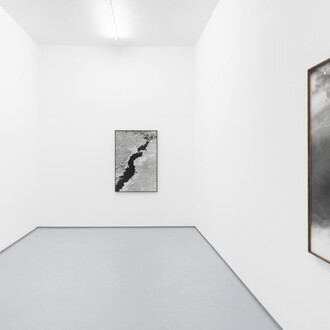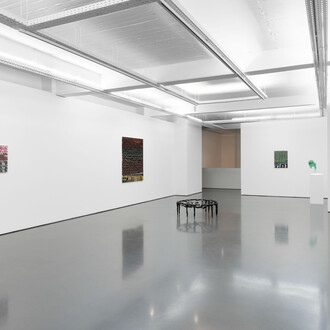In an atmosphere that easily evokes the studio of a Renaissance painter, craftsmen are busy refining meticulously the last details of a life-size reproduction of a painting by Goya. From the brilliance of its surface and shadows to the micro-fissures of the varnish, the facsimile is visually so perfect that it is almost impossible to distinguish the “real” from the “false”.
This example raises many questions, particularly with respect to the recurrent assumption that the copy is necessarily a deprecated version of the original. The technologies of “rematerialization” of works of art, as well as their display devices, have been perfected to a point that it is now legitimate to wonder whether this hierarchization is still relevant. This is exactly the question posed by Adam Lowe and Bruno Latour in a provocative article about the successful replacement of the painting The Wedding at Cana with a copy at its original location : We wish to delve into and deepen our notion of the trajectory or career of the work of art, so that we can finally move from a question we find to be equivocal: “Is it an original or just a copy?” to a question that we consider decisive, especially in the current context of digital reproduction: “Was the work well or badly reproduced?”.
According to this reasoning, there are no originals without copies in the era of the technologies of digital reproduction. It is largely our ability to distinguish and produce copies that defines the originality of a work.
Somehow, this desire to question the equivocal nature of the reproduction echoes Arthur Danto’s celebrated considerations on the role of the facsimile in the context of Pop art. According to him, the originality of works like Campbell's Soup Cans (1962) or, more specifically, Brillo Box (Soap Pads) (1964) resided in their capacity to “transfigure” wholly banal objects into an artistic medium.
Presented in the context of an exhibition, totally detached from their practical purposes, these copies allowed Andy Warhol to express an original vision of the world, in particular with respect to the habits of the mid-20th century American consumer. These wood facsimiles and silkscreen prints offered material proofs that the means of reproduction involved ways of doing and seeing works of art that were intrinsically ambivalent. On the one hand, these works showed, in a completely obvious way, the materiality of the original objects. On the other hand, their mere presence in an exhibition space triggered a series of questions about the status and meaning of these objects. At the same time transparent and opaque, the originality of these works was precisely in the tensions and the paradoxes caused by their semi-opacity.
This observation takes a particular turn when we evoke images produced using contemporary techniques of reproduction and visualization. Compared to the first photographic images, which were immediately considered an assurance of transparency and authenticity, a digital photograph acquires its objectivity only when we forgo that it exists in the form of algorithmic calculations, that it has no original. Always at hand and easy to manipulate, they seem destined to exist only in the immediacy of their manifestation. Revealed on a screen or printed on paper, their omnipresence balances the lush opacity of the contemporary world: As our machines increasingly read and write without us, as our machines become more and more unreadable so that seeing no longer guarantees knowing (if it ever did), we the so-called users are offered more to see, more to read. As our machines disappear, getting flatter and flatter, the density and opacity of their computation increases. Every use is also an act of faith: we believe these images and systems render us transparent not for technological, but rather for metaphorical, or more strongly ideological, reasons.
Today, it is often the diffusion of a very large number of facsimiles, and the number of eyeballs that they can mobilize, that confers a level of originality to the images.
This relation changes when a digital photograph is presented in an exhibition space, where any facsimile can be easily authenticated or certified as an original. Considered in the context of this aesthetic contract, photographs invite us to modes of contemplation that often allow us to perceive levels of realities that are otherwise difficult to attain. This is the case of the exhibition Original Copy which, thanks to a series of almost automatic replications, reveals the trajectory of simple chinese bowl.
This work offers an insight into the complex and contrasting realities of a banal object that is always “at hand.” We look, and our attention declines. We look again, and other things appear. The more precise the concentration, the looser the meanings; it is as if the object existed only in this repeated modulation between opacity and transparency. From dawn to dusk, our attention revolves around this half-sphere, as if orbiting a planet. In the era of “fake news” and “deep fakes”, Daniel Blaufuks reminds us that the relationship between the original and the copy is, above all, based on a belief system. In scrutinizing the trajectory of this bowl, he invites us to a meditative journey in the equivocal, “semi-opaque” zones of the truth.
Text by Joël Vacheron















